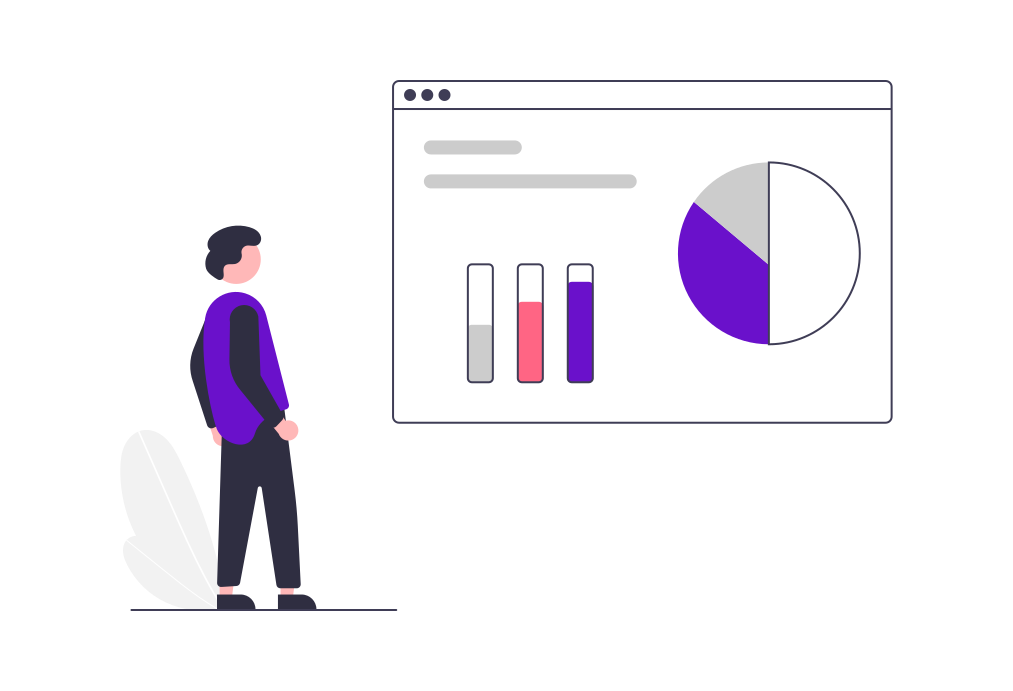In the realm of account-based marketing (ABM), understanding and leveraging intent data is crucial for identifying and engaging high-value accounts. Intent data reveals potential customers' interests and readiness to purchase by analyzing their online behavior. This blog explores how you can optimize your ABM strategies using intent data to target and engage the most valuable accounts effectively.
What is Intent Data?
Intent data refers to information collected about potential customers’ online activities that signal their purchase intentions. This data includes:
- Search Queries: Keywords and phrases used in search engines.
- Content Consumption: Articles, blogs, whitepapers, and videos viewed.
- Engagement: Interactions with emails, ads, and social media posts.
By analyzing this data, marketers can gain insights into what potential customers are interested in and how close they are to making a purchase decision.
Types of Intent Data
Intent data can be broadly classified into two categories:
- First-Party Intent Data: Collected directly from your own digital properties, such as website analytics, CRM systems, and marketing automation platforms.
- Third-Party Intent Data: Gathered from external sources like data providers and market intelligence platforms that track online behaviors across various websites and platforms.
Benefits of Using Intent Data in ABM
Leveraging intent data in ABM strategies offers several advantages:
- Precision Targeting: Identify accounts showing buying intent and prioritize them.
- Personalized Engagement: Tailor marketing messages based on specific interests and behaviors.
- Enhanced ROI: Focus resources on accounts with a higher likelihood of conversion, leading to better return on investment.
Steps to Optimize ABM Strategies with Intent Data
Step 1: Collect and Integrate Intent Data
Start by gathering both first-party and third-party intent data. Integrate this data into your existing marketing systems, such as your CRM and marketing automation platforms, to create a unified view of each account.
Action Points:
- Implement tracking codes on your website to capture visitor behavior.
- Subscribe to third-party intent data providers to access broader market insights.
- Use data integration tools to consolidate intent data from various sources.
Step 2: Identify High-Value Accounts
Analyze the intent data to identify accounts that show strong buying signals. Look for patterns and behaviors that indicate a high level of interest in your products or services.
Action Points:
- Create intent scoring models to rank accounts based on their likelihood to convert.
- Segment accounts into different tiers based on their intent scores.
- Prioritize high-intent accounts for immediate engagement.
Step 3: Personalize Marketing Campaigns
Develop personalized marketing campaigns that address the specific needs and interests of high-intent accounts. Use the insights from intent data to tailor your messaging and offers.
Action Points:
- Craft customized email campaigns highlighting relevant content and solutions.
- Create targeted ads that resonate with the identified interests of your high-value accounts.
- Develop personalized landing pages for different segments of high-intent accounts.
Step 4: Align Sales and Marketing Teams
Ensure your sales and marketing teams are aligned and working together to engage high-intent accounts. Share intent data insights with the sales team to enable more informed and effective outreach.
Action Points:
- Conduct regular meetings between sales and marketing teams to discuss intent data findings.
- Provide the sales team with detailed account insights and recommended engagement strategies.
- Implement collaborative tools to facilitate seamless communication and data sharing.
Step 5: Monitor and Optimize Campaigns
Continuously monitor the performance of your ABM campaigns and optimize them based on the insights from intent data. Use key metrics to evaluate the effectiveness of your strategies and make necessary adjustments.
Action Points:
- Track engagement metrics such as open rates, click-through rates, and conversion rates.
- Analyze the impact of personalized campaigns on account engagement and sales outcomes.
- Refine your intent scoring models and campaign strategies based on performance data.
Challenges and Solutions
While intent data offers valuable insights, it also presents certain challenges. Here are common obstacles and how to overcome them:
-
Data Accuracy: Ensuring the accuracy and reliability of intent data is crucial. Work with reputable data providers and regularly validate your data sources.
-
Integration: Integrating intent data from multiple sources can be complex. Utilize data integration platforms to streamline the process and maintain data consistency.
-
Privacy Concerns: Be mindful of data privacy regulations and ensure compliance with laws such as GDPR and CCPA. Obtain explicit consent from users where necessary.
Conclusion
Optimizing ABM strategies with intent data allows marketers to identify and engage high-value accounts with precision and personalization. By following the steps outlined in this blog—collecting and integrating intent data, identifying high-value accounts, personalizing marketing campaigns, aligning sales and marketing teams, and continuously monitoring and optimizing—you can enhance your ABM efforts and drive better business outcomes.


